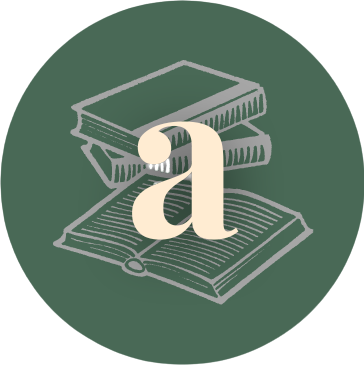19 August 2022,
In the weekly meeting, we discussed the progress that each group has made. Most of the groups were still focused on getting to learn all of the prerequisite courses first before get to the project itself, so dr. Yayan, along with dr. Budi and dr. Mulya recommended doing the project along with the prerequisites for time effectiveness. Hearing that, our group agreed on the idea to just get into the project along with the progress that has been made of the prerequisite courses. Aside from it, as usual dr. Yayan also triggered us with the learning issue of artificial intelligence’s application in the medicine field. This week, dr. Yayan triggered us with the usage of machine learning to predict stunting in children, using data trends and analysis. Most of the students agree with it, but dr. Mulya also argues that there are some constraints regarding ethics. This made me wonder: how far can AI strive in the field of medicine?






